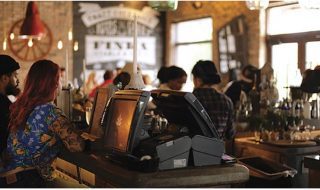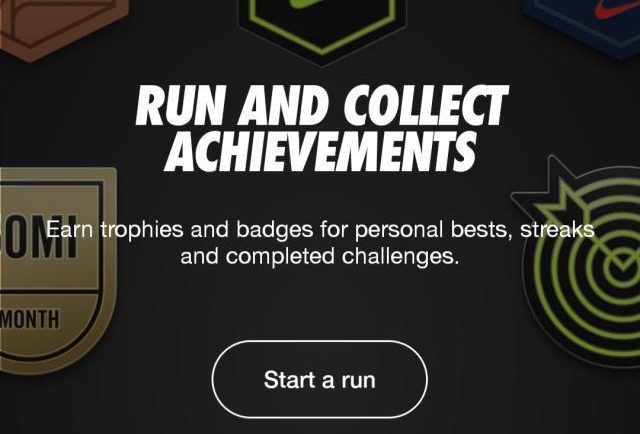
Mobile apps often face the challenges of low audience engagement and retention rates. It usually happens because users are not motivated enough to use an application, or simply because they’ve found a better alternative. For the past decade, app developers have been working on the solution to this issue known as gamification.
Collectables, points, and rewards are what provide users with a sense of competition, achievement, and status, increasing their overall engagement with an app. One of the popular examples of gamification is Pokémon Go’s collaboration with McDonald’s and other restaurants in 2016. The owner of a New York Pizza restaurant said that his business experienced a 75% increase in sales after the developers placed multiple Pokémon Go characters in his restaurant.
With vast experience in e-learning and healthcare app development, we at Diversido development agency believe that gamification plays a key role in the product’s success. Gamification is a tool app developers can use to boost engagement and learning new skills, especially during the training process. In this article, we’ll be going over five applications that successfully implement gamification tools.
Forest
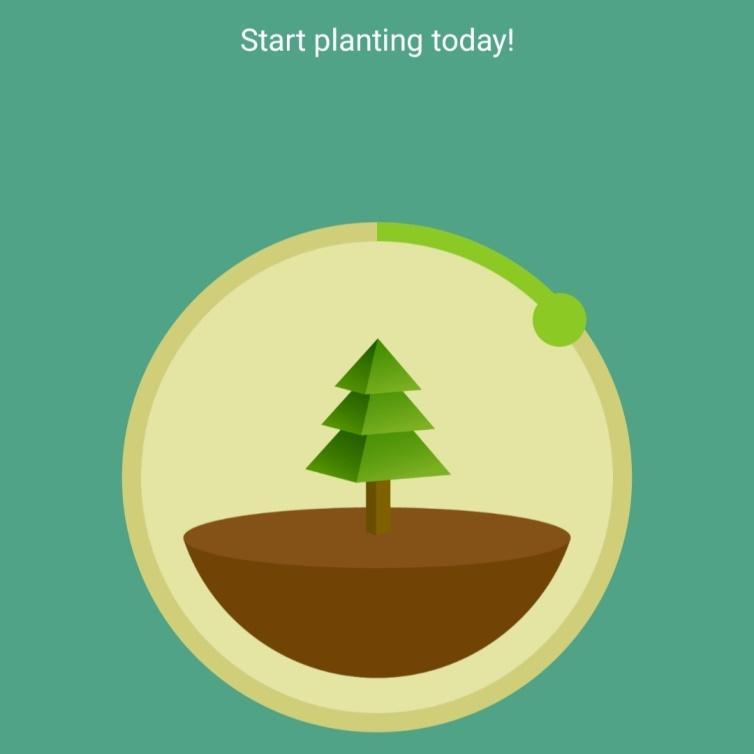
With social media and smartphones, people get increasingly distracted, which further decreases their attention span and productivity. Developers of Forest decided to make a positive change and came up with a solution.
The Forest app uses gamification to help raise one’s productivity. When users want to live in the moment, they plant a seed. The seed slowly grows into a tree as long as you don’t leave the app. Each grown tree in your Forest represents your dedication, provides a sense of achievement, and helps build a good habit of time management.
The app allows you to collect achievements, open new trees, and compete with friends. The more trees you grow, the more rewards you get. With new rewards come new adorable trees that make your Forest denser.
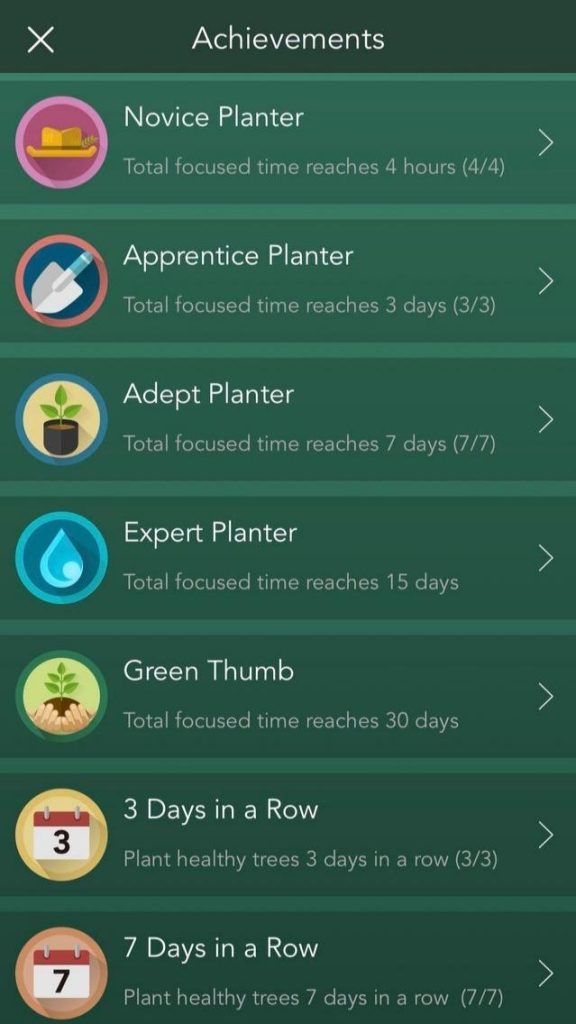
Monobank

Thanks to gamification, Monobank has proved that digital banking apps can be fun. Similar to Duolingo’s Bird, Monobank has its fictional character — a cat. It appears in different sections of the app like the achievements section. There are 120 achievement badges that you can earn by completing certain activities, such as making 10 online payments using Monobank.
Achievement badges are not the only gamification tool within Monobank. There are cashback categories that get updated every month. You can earn up to $2 for inviting a new user. There is also a secret game that Monobank users can find, play, and win real-life prizes like football tickets.
Monobank makes money transactions more fun and creative. For instance, you can create a jar to collect money. It can be used for fundraising or individual purposes. If you want to send money to someone near you, and they also use Monobank, you can shake your phones, and the app will automatically connect you to conducting a transaction.
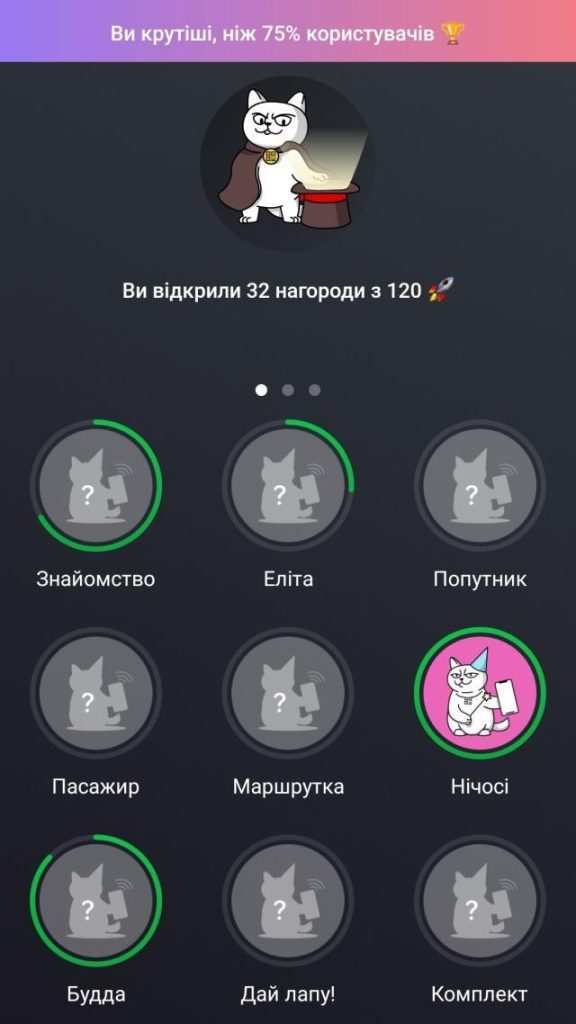
McDonald’s
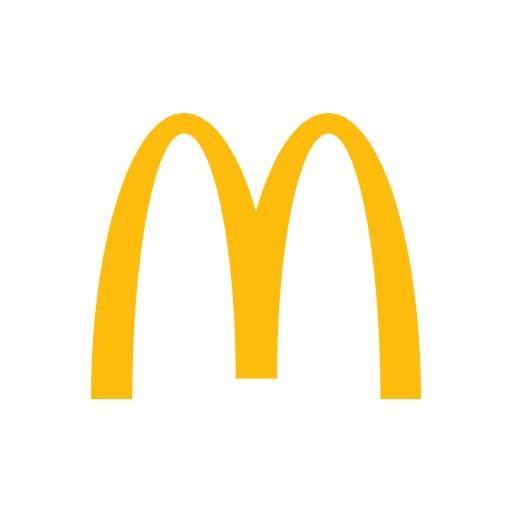
With 40,100 locations and revenue of over $21 billion, McDonald’s is the largest fast-food chain worldwide. McDonald’s uses its official application as one of the ways to promote various products. The app allows you to collect food discount coupons that can be redeemed in any McDonald’s restaurant.
To encourage its users to spend more, McDonald’s introduced something called the My Rewards program. By making purchases at McDonald’s, users earn virtual points. For every dollar you spend, you earn 100 points. After a user accumulates a certain amount of points, they can exchange them for a particular item from the menu.
McDonald’s has different rewards depending on the country. In the USA, you can have a McChichen, Vanilla Cone, Hash Browns, or a Cheeseburger for 1,500 points.
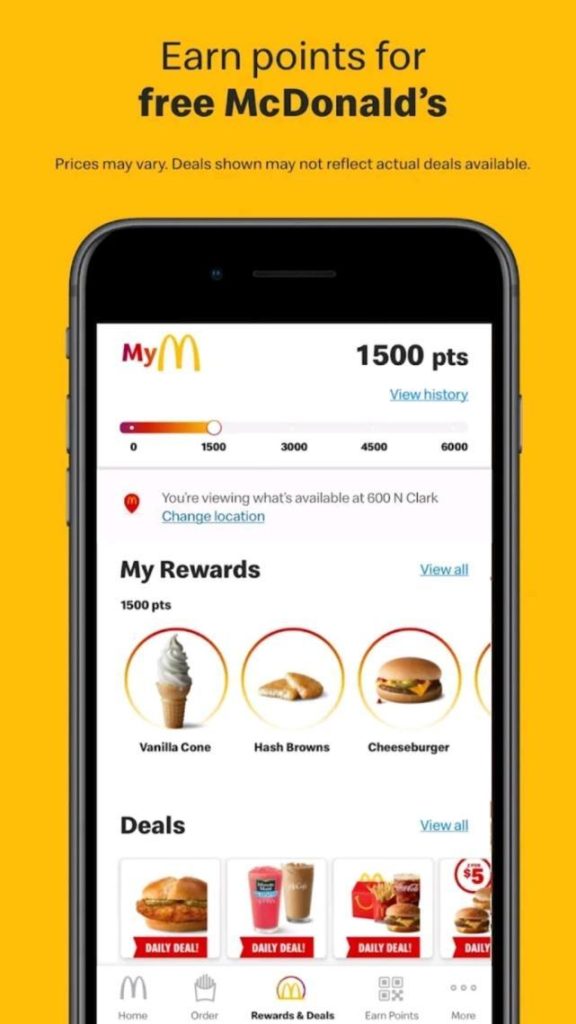
Duolingo
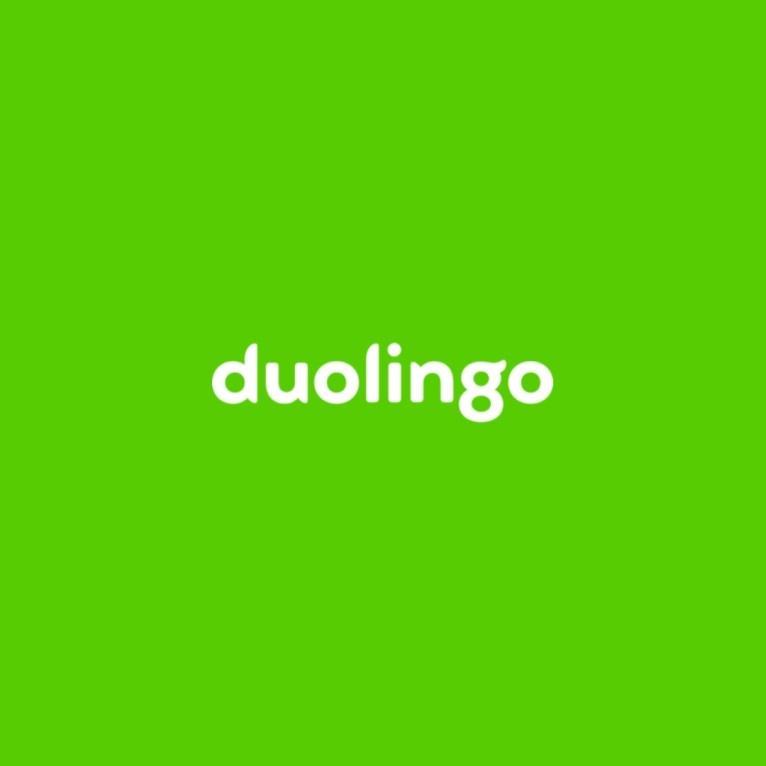
Duolingo is a free language app with 49.2 million users worldwide. The app implements a tree progress system. It means a user must master one lesson before they can advance to another. Each lesson has 5 levels. After successfully passing the fifth level, the lesson turns to gold and a user can proceed with learning.
From various in-app characters like Green Bird, Junior, and Eddy to daily challenges and leaderboards — Duolingo uses multiple tricks to enhance the engagement of its users. For instance, now and then a user can receive a 15-minute XP boost that doubles the experience they earn. It encourages learners to move on because they will have more XPs and a higher place on the leaderboard.
Old lessons don’t stay golden forever — sometimes they crack so that you need to revisit the lesson. It’s another example of gamification and smart design on the developer’s side.
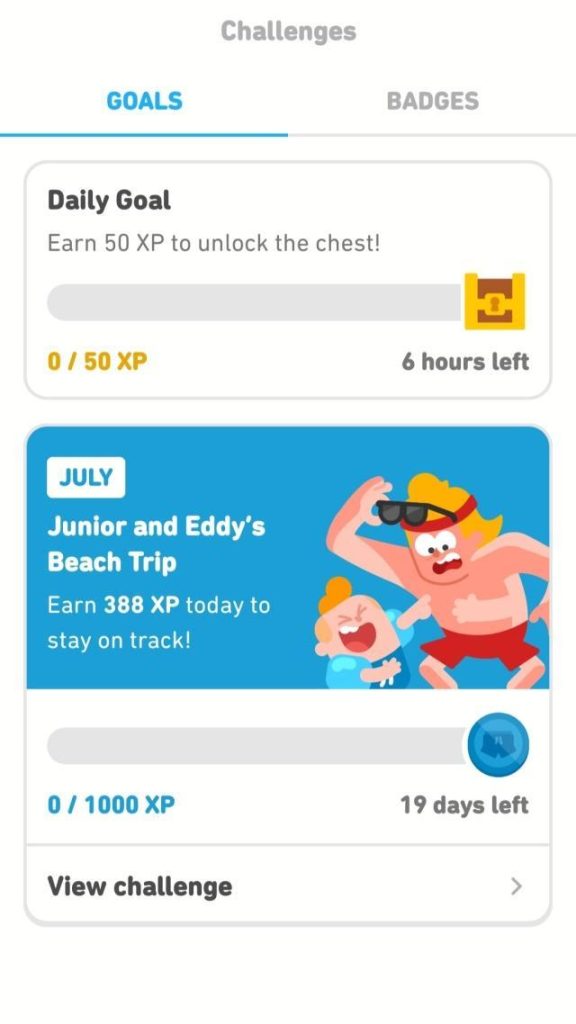
Nike Run Club
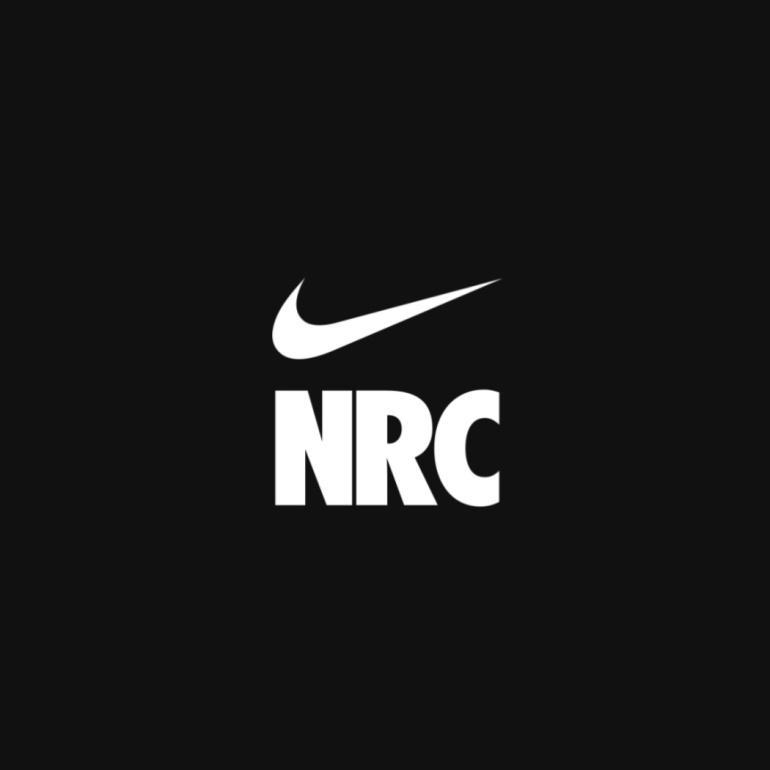
Nike Run Club (NRC) is the official Nike fitness app with over 100 million users. The app has an engaging interface, useful features, and the ability to integrate with other applications and devices.
Here are some of the gamification tools NRC implements for customer retention:
- Achievements. The app has cumulative distance milestones, which upon reaching, switch the interface to a different color. There are personal achievements like the fastest 1K run, monthly miles medals, streaks, and secret trophies.
- Social elements. You can always add a friend and view their progress. There are numerous opportunities to team up with like-minded people through the app and start running together.
- Timed challenges. You can participate in monthly and weekly challenges with other users. It provides a sense of competition and urges you to stay consistent with running.
- Personalization. The app provides you with a training regimen that will suit your abilities. NRC considers your body characteristics, experience, and availability to suggest the best routine for you.
NRC can be integrated with Apple Music and Spotify. It’s also possible to integrate smartwatches (Polar Watch) for improved statistics, like heart rate, during training.
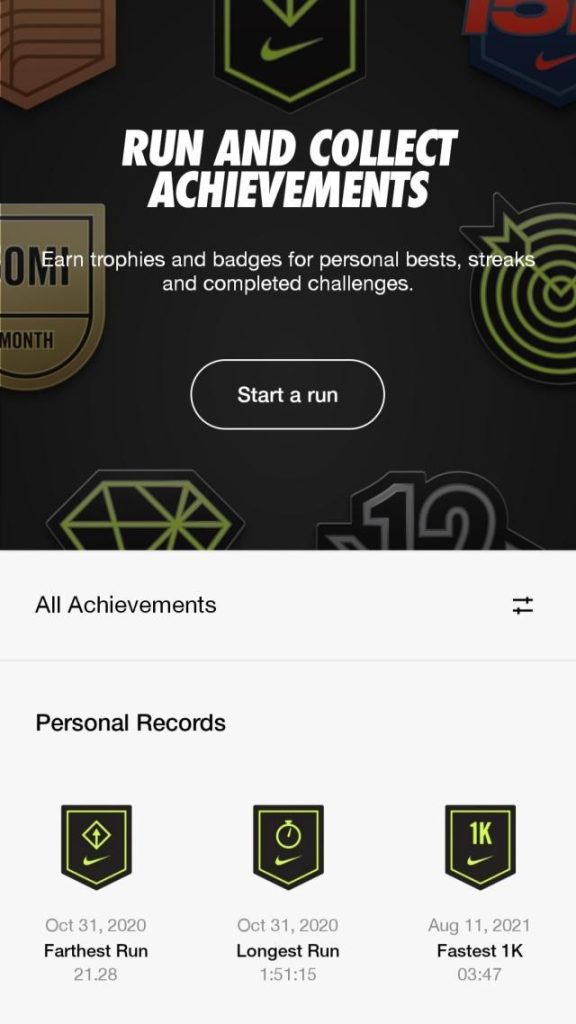
Gamification Makes Routine More Fun
Whether it’s encouraging an individual to start exercising or helping increase a company’s sales — gamification leverages tools inherent to the virtual gaming world, like daily challenges and leaderboards, for day-to-day motivation.
As we can see from the examples, gamification is not limited by industry and can be successfully used in any app. Now that you are aware of gamification, you can think over the features that work best for your project and target audience.


